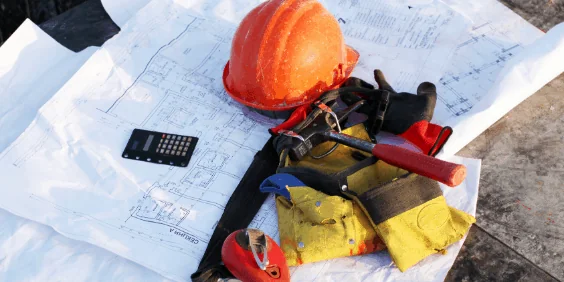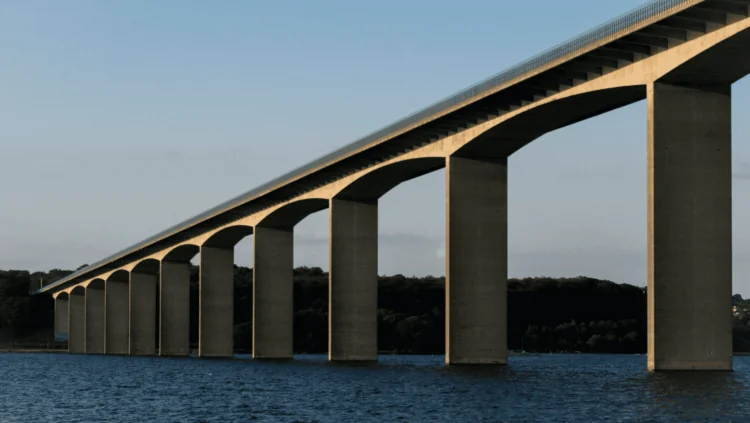Changes to Limitation Periods in Manitoba: Bill 51

In any construction project, no matter how large or small, there is always a significant chance that disputes will arise, whether they be regarding delays, deficiencies or costs. When entering into a construction contract, it is important to be familiar with the dispute resolution provisions and any associated notice periods that are contained in the contract.
Many disputes are resolved without the need for litigation, sometimes informally and sometimes through the formal contractual dispute resolution framework found in many of the standard form construction industry contracts. However, in the event that a dispute cannot be resolved and a claim must be filed, parties to a construction contract need to be mindful of the time period they have to commence an action, whether in court or by initiating an arbitration.
Each jurisdiction in Canada has its own unique legislation governing limitation periods. In Manitoba, limitation periods are proscribed in The Limitation of Actions Act C.C.S.M. c. L150. A defining feature of this Act is that it includes a six-year limitation period for a number of different causes of action, including many actions in negligence and breach of contract relating to construction disputes. This is different than the general two-year limitation period that is commonly found in other jurisdictions across Canada.
In most other jurisdictions, the question of when a limitation period begins is directly tied to when the claimant had knowledge of the cause of action – a concept known as discoverability. In Manitoba, our existing Act is different: for most claims in construction disputes, the limitation period runs from the time the cause of action arose. When a cause of action arises depends on a number of different factors, including whether it is a claim for negligence or breach of contract. The time period can and often does vary depending on the circumstances of each case. It is therefore critical to consult with legal counsel when trying to determine the applicable limitation period.
In some cases, a party may not know that it has a cause of action within the limitation period and only learns that it has a claim after an applicable limitation period has expired. This commonly occurs in cases involving what are known as “latent defects” – where there is a construction defect that cannot be detected and that only manifests itself after a period of many years.
In those cases, a party who seeks to commence an action after the limitation period has expired must apply to the Court under Part 2 of the Act for an order granting leave to commence an action outside the limitation period. The applicant has the burden of demonstrating that not more than 12 months have elapsed between the date the application is filed and the date the applicant knew or ought to have known all of the material facts about the cause of action.
This process, which is unique to Manitoba, has created an extensive body of case law that is continuously evolving. One of the issues that is often considered by the Court is whether expert evidence – often from an engineer – is required before a party can determine whether it has a cause of action. There are varying decisions on the issue, and each case turns on how the law applies to the specific facts. In light of all of this, an owner or contractor that suspects it may have a cause of action is well-advised to immediately consult legal counsel.
Bill 51 received royal assent on May 20, 2021. It replaces the current Act with new legislation named The Limitations Act. This new legislation brings our statutory regime more in line with other jurisdictions across Canada by imposing a limitation period of two years from the date that a claim is discovered (subject to certain limited exceptions). It also shortens the ultimate limitation period from 30 years under the existing Act to 15 years from the day the act or omission occurred.
Under the new legislation, a claim is deemed to be discovered on the day that the claimant first knew or ought to have known:
- that injury, loss or damage has occurred;
- that the injury, loss or damage was caused by an act or omission;
- that the act or omission was that of a person against whom the claim is or may be made; and
- that given the nature and circumstance of the injury, loss or damage, a proceeding would be an appropriate means to seek to remedy it.
Another significant change under this new legislation is that parties will be expressly prevented from contractually shortening the limitation period for claims against one another.
The construction industry will be affected by this new legislation as it brings with it a shorter limitation period and introduces the concept of discoverability to the timing of the commencement of limitation periods.
Many of these changes may ultimately prove to be positive as Bill 51 seeks to modernize and add some uniformity to this area. Simplifying the law by imposing the basic two-year limitation period aims to increase certainty and will bring Manitoba more in line with other Canadian jurisdictions. However, members of the industry should be mindful of when the new legislation is enacted and any transitional provisions that may apply to causes of action that arose prior to the coming into force of the new legislation.
This article originally appeared in Build Manitoba, a publication of the Winnipeg Construction Association. It has been updated to note that Bill 51 received royal assent.
Note: This article is of a general nature only and is not exhaustive of all possible legal rights or remedies. In addition, laws may change over time and should be interpreted only in the context of particular circumstances such that these materials are not intended to be relied upon or taken as legal advice or opinion. Readers should consult a legal professional for specific advice in any particular situation.



